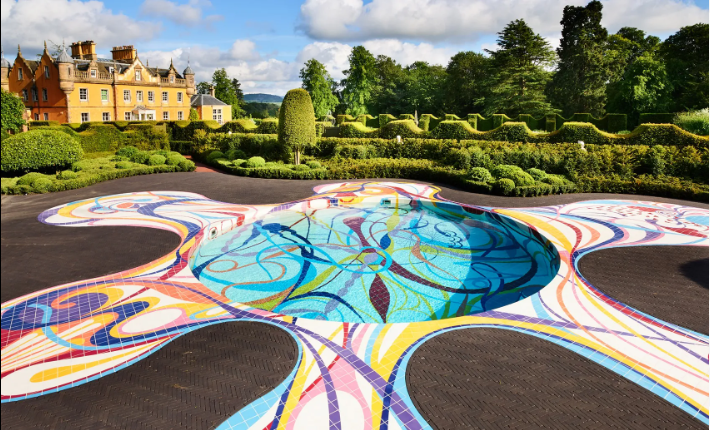Reflection question: What might be the reasons we talk about the phenomenon of curatorial turn, the gap between curatorial criticism and curator-led discourse will widen further?
The artist Many Anne Jacob demonstrated that “the gap between art and its audience is dramatically pointed out by the example of public art, the work of art meets an uninformed and unwilling general public”, while the new genre and form innovated in art, compared to traditional art, it is hard to access its quality which according to a hierarchy of media.
Firstly, why did the curatorial turn into new genres, why work in public? For artists with a more pronounced social and political agenda, the role of acting as a forum for dialogue or social activism gained power and effectiveness by being situated in real work. Secondly, the audience is often conceived as self-reflexive within museums, and the identification of the audience remains bounded by the institution’s own conventions. Therefore, art museums are not the most appropriate starting point for larger, new audiences. Instead, by departing from the institution, new meaningful ways to engage a wider audience for contemporary art can be multiplied broader and broader.
We discussed four case studies with green basho this Tuesday. They are Creative Time, Artangel, Camelon Arts, and Jupiter Graden. We have researched the four points below in the seminar and also studied the cases invoking a contradiction between traditional museum art and public art.
- vision, aims, ethics, and values
- organizational, financial, and operational structure
- programming, curation, and thematics
- relationship with the public/audiences/artists
I have assigned the role of researching Jupiter Garden in our basho.
Vision: award-winning contemporary sculpture garden.
Aim: seeks to be a more vital institution
Ethics: education and outreach.
Value: art and its transformative power is for everyone.
Context: Collection of homeware pieces from handmade ceramics to cool Scandinavian designs.
Intended audience: Childs for learning foundation, people who like to attend festivals in Jupiter Artland, interest audiences in form artists Phyllida Barlow, Christian Boltanski, Charles Jencks, and Anish Kapoor.
Curotirial theme: Halloween Trail, Christmas Fair, Valentine’s Day gifts.
Financial: They are festivals for public gift shops.
Demonstration of care: Child workshop. Learning sessions.
References:
https://www.jupiterartland.org/
Unfashionable Audiences, Mary Anne Jacob in Mapping the Terrain: New Genre Public Art Ed. Suzanne Lacy (pp.50-59)



Leave a Reply